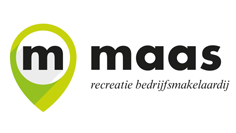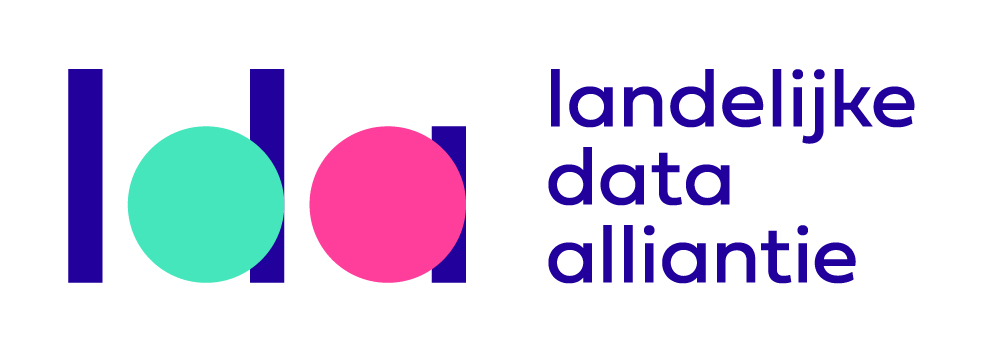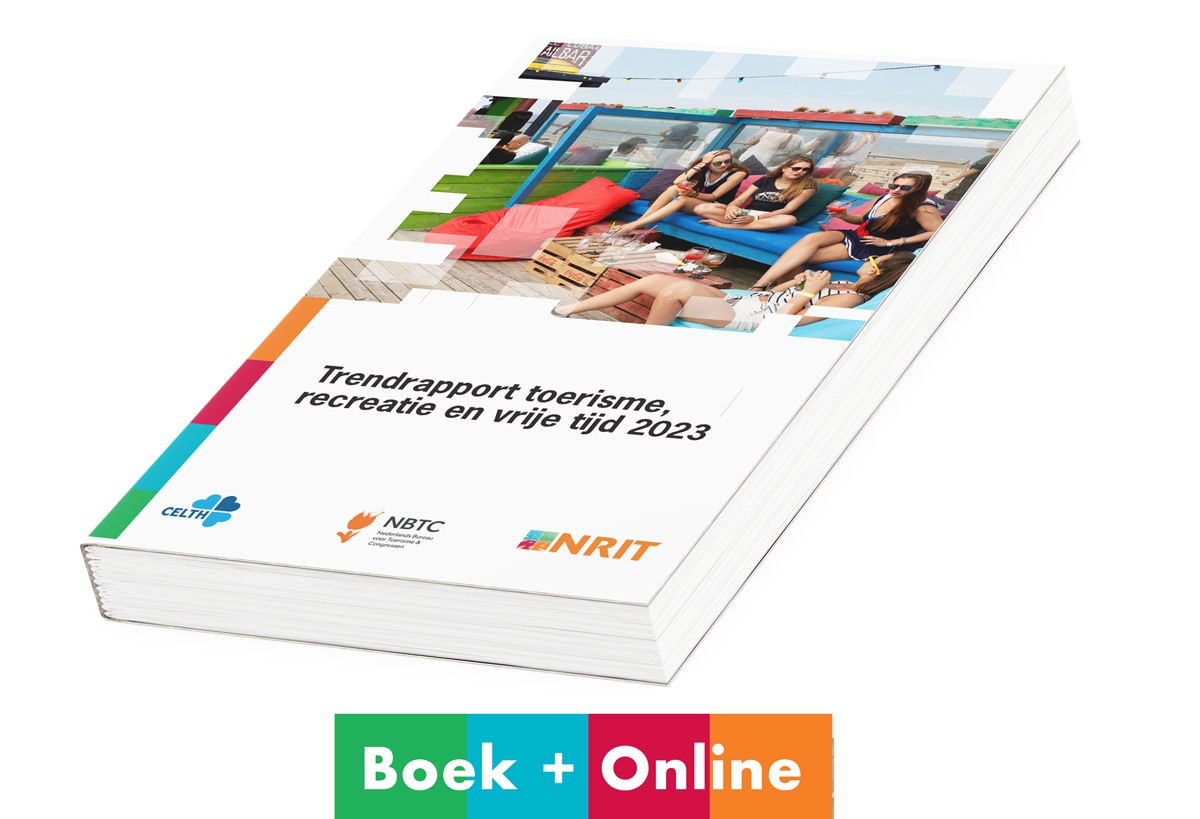Working on diversity and inclusion is not a project, but a change process
Implementation of the Diversity & Inclusion Code in the cultural sector

The joint industry associations in the cultural and creative sector presented the Diversity & Inclusion Code (CODEDI) on 1 November 2019, a broadened version of the Diversity Code developed in 2011. The content of the CODEDI is in line with the Culture Governance Code and the Fair Practice Code, the two other codes of conduct as instruments for self-regulation within the cultural and creative sector. These three codes of conduct reinforce each other.
Peter van der Aalst is degree programme manager and lecturer of Leisure and Events at Breda University of Applied Sciences.
Within the broadened perspective of the CODEDI, attention is also paid, in addition to cultural diversity, to differences in gender, disability, sexual orientation, religion, socio-economic status, level of education, and age. Diversity means that people differ from and are equal to each other through both visible and invisible characteristics. These differences mean something to everyone’s position in society and the opportunities they are given. The unique and interrelated combination of these characteristics form a person’s identity.
The aim of CODEDI
Diversity in cultural organisations concerns the question to what extent the diversity of society is represented in the four Ps: programme, public, personnel, and partners. Inclusion is about the question how differences and similarities between people are dealt with. Inclusion is the extent to which creators, producers, workers, and audiences of all identities, whether or not visible, can be themselves and feel safe and respected.
The aim of the code is that the cultural and creative sector represents, respects, and appreciates the broad diversity of Dutch society, so everybody feels at home. The sector must be equally accessible for everybody, both on the supply and demand side. Accessibility means physical, informational, digital, social, and financial accessibility and reachability of amenities.
A diverse and inclusive workforce means that we as an organisation become richer and more mature.
Importance and implementation
It is very important to the cultural and creative sector to be diverse, inclusive and accessible for everyone, to remain relevant and attractive now and in the future. Artistically substantively and socially, it is enriching because in this way, unique experiences and unfamiliar perspectives are created and made accessible. An inclusive organisation has a stronger position from a business point of view. (Top) talents can be attracted and retained more easily; it is better able to respond to the needs and wants of a more diverse, larger and new audience; the adaptability of the organisation becomes stronger, more innovative and creative because more variety of perspectives are brought into decision-making; employees are happier and more engaged and loyal.
In order for the code to really work and thus promote diversity and inclusion in the sector, five principles have been formulated, which have been worked out in five steps( www.codedi.nl):
- People know their own status as regards diversity and inclusion: know the strengths and points for improvement of the organisation and make unconscious biases transparent.
- Diversity and inclusion are integrated into the vision: explain why working on diversity and inclusion is important to the organisation and share this vision with everyone in the organisation.
- Commitment and support are created for complying with the code: involve the whole organisation at all levels, make everybody co-owner, discuss the blind spots, biases, process steps and include everybody in the change process.
- A plan of approach is drawn up aimed at continuous improvement: make a plan of approach on the basis of the four Ps, determine the starting position, desired situation and objectives for each P, determine the actions required and implement them.
- Compliance with the code is monitored and evaluated, and is accounted for: monitor and evaluate implementation of the plan of approach, take measures to safeguard diversity and inclusion, determine who monitors progress and results and how all this is accounted for. Map out the progress, value and award the achieving of targets, celebrate successes, learn from mistakes, determine points for improvement and follow-up actions, and share the outcomes with the whole organisation and the outside world.
Experiences within the sector
The CODEDI is an instrument of self-regulation within the sector; with what insights and challenges are organisations from the cultural and creative sector confronted?
Implementation of the Diversity & Inclusion Code in the cultural sector
Pop music venue 013 in Tilburg is explicitly committed to promoting diversity and inclusion within its workforce. "After Covid-19, we had to recruit a lot of new staff, which offered us an opportunity to work specifically on our diversity and inclusion ambition. We launched a major recruitment campaign in multiple languages and through channels other than the usual, with the express aim of achieving a more diverse and inclusive workforce. That takes extra efforts regarding recruitment and then training, but it brought positive results for us, which we are very happy with. A diverse and inclusive workforce means that we as an organisation are becoming richer and more mature in terms of insights, creative ideas, networks, programming, and potential audience. So, in addition to a social choice, it was also a right choice from an artistically substantive and business perspective to invest in it,” says managing director Frens Frijns.
According to Berend Schans, director of the Vereniging van Nederlandse Poppodia en -Festivals (Association of Dutch pop music venues and festivals), the pop music venue and festival sector has implicitly always been quite diverse and inclusive in terms of content. "Queer and gay parties have been organised ever since the seventies, hip-hop has been embraced from the very beginning, Iranian New Year's parties with a very substantive programme are organised. The night has always been open to and was organised by ‘people who think differently’. Not because it had to be done because of a code, but because there are communities that like to come and watch good live music from their own culture and want to help organise programmes. Because a lot of good music is made in, for example Africa, and because there is an audience for it”.
Schans considers the CODEDI a good first guideline for pop music venues and festivals. "But we are also told that, for example, quick scans can be filled in with socially desirable responses. Furthermore, we hear that it is very context-sensitive; as an organisation, you just have to start working with it yourself. There are no blueprints available because they are hard to make. By the way, I think that we as policymakers in the sector should be critical of more subtle exclusion mechanisms. Think of the language and concepts we use among ourselves, the application methods for subsidies, the implicit consensus about what is considered normal, abnormal, desirable and undesirable, of choosing an office location on a canal instead of in a neighbourhood where "normal people” live. Then you can polish the status quo with diversity programmes or award all prizes to creators of colour just like that, but of course nothing will fundamentally change in the system”.
Imke de Feber, advisor of Music and Finances at Kunstloc Brabant, stresses the importance of taking a critical look at one’s own organisation. "The ability of an organisation to take a critical look at itself is essential if you want to really increase diversity and inclusion within the sector. Raising awareness is a good start. Within Kunstloc Brabant work processes or procedures are also adjusted, so we as an organisation become more accessible and inclusive. Yet, I believe we could do more. Because we are getting more and more aware of our perspective and our role, the blind spots within our organisation become more visible. It is particularly challenging for me to step out of my own bubble as far as partners are concerned. If we organise a programme for the sector, for example, it is important to be aware of the organisations or creators that you ask as partners. You often fish in your own ‘safe’ pond without thinking about it. Whereas it is so good and important to broaden your view. Getting off your own beaten path takes time and can be complex. You should learn to understand each other and explore each other’s way of working. That is the only way it makes sense. Just engaging someone ad hoc to ‘join in the conversation’ is too limited. You want to build a lasting relationship and hear someone in your network on a structural basis. It takes trial and error, but as long as you actually have the intention to do better from that awareness, I think you are on the right track”.



































































